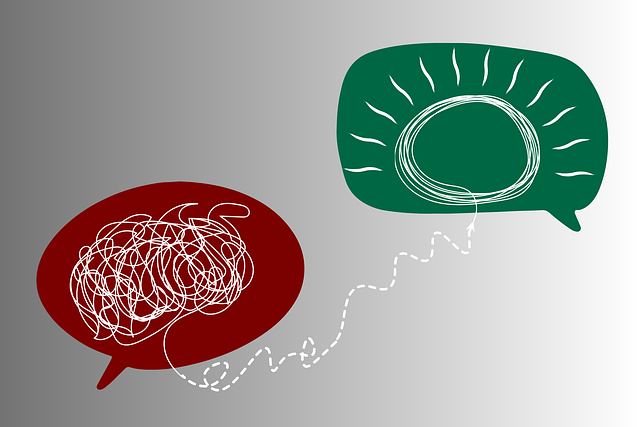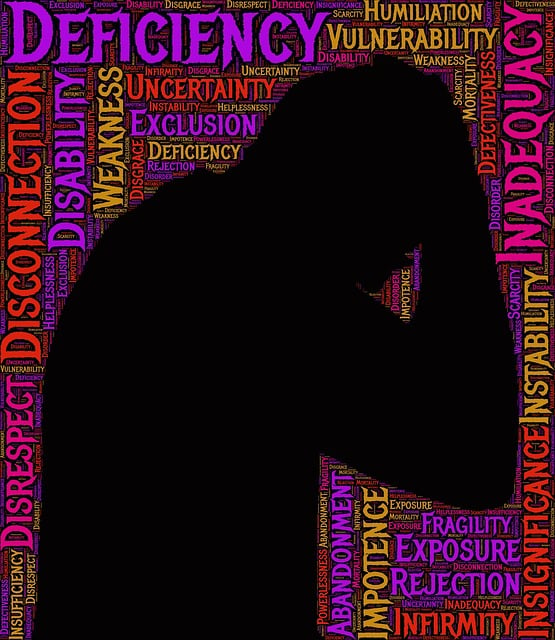Public awareness campaigns, powered by traditional and digital media, are crucial for the success of Lakewood Cognitive Behavioral Therapy (CBT) initiatives. These campaigns educate communities about mental health and burnout prevention strategies, empowering individuals to recognize and address stress and burnout in their lives. By integrating CBT concepts like the link between thoughts, feelings, and behaviors, campaigns create impactful communication strategies that resonate with audiences on a deeper psychological level. In the digital era, strategic use of social media and targeted email campaigns allows Lakewood CBT to maximize impact, promoting emotional well-being and saving lives across diverse platforms.
Public awareness campaigns play a pivotal role in educating communities about vital health initiatives. In this article, we delve into the development of effective strategies to raise awareness about Lakewood Cognitive Behavioral Therapy (CBT), focusing on key aspects such as understanding campaign impact, identifying target audiences, crafting compelling messages, selecting optimal communication channels, and measuring success. By integrating CBT concepts, we explore how to create impactful campaigns that drive positive behavioral changes in the community.
- Understanding Public Awareness Campaigns: Their Role and Impact
- Identifying Target Audiences for Effective Lakewood CBT Outreach
- Crafting Compelling Messages: Integrating Cognitive Behavioral Therapy Concepts
- Choosing the Right Communication Channels for Maximum Reach
- Measuring Success: Evaluating and Optimizing Campaign Effectiveness
Understanding Public Awareness Campaigns: Their Role and Impact

Public awareness campaigns play a pivotal role in shaping societal attitudes and behaviors, acting as a catalyst for positive change. These initiatives, often centered around specific issues or causes, aim to educate and engage the public, fostering a deeper understanding and encouraging actions that benefit the community at large. By utilizing various communication channels, from traditional media to digital platforms, they reach wide audiences, potentially impacting individuals’ lives in significant ways.
In the context of Lakewood Cognitive Behavioral Therapy (CBT), awareness campaigns can highlight the importance of mental health and emotional healing processes. They can teach people about burnout prevention strategies for healthcare providers, a crucial aspect given the demanding nature of medical professions. Through these campaigns, communities become empowered to recognize signs of stress and burnout, fostering early intervention and supporting professionals in adopting healthy coping mechanisms, ultimately leading to improved well-being.
Identifying Target Audiences for Effective Lakewood CBT Outreach

Identifying target audiences is a critical step in designing effective public awareness campaigns for Lakewood Cognitive Behavioral Therapy (CBT). By understanding who your potential clients are, you can tailor your message and approach to resonate with them. Different age groups, genders, cultural backgrounds, or individuals facing specific mental health challenges may require unique strategies. For instance, youth might benefit from creative, engaging content that incorporates social media and peer influence, while adults could respond better to more subtle messaging focused on self-care and stress management.
This process involves researching and analyzing community needs, existing data on mental health trends, and feedback from local organizations. Incorporating coping skills development, self-care routine establishment for better mental health, and empathy building strategies into these campaigns can significantly enhance their impact. It ensures that the outreach is not just informative but also empowering, providing individuals with tools to take charge of their mental well-being.
Crafting Compelling Messages: Integrating Cognitive Behavioral Therapy Concepts

Crafting compelling messages is a critical aspect of successful public awareness campaigns, especially when integrating concepts from Lakewood Cognitive Behavioral Therapy (CBT). CBT emphasizes the connection between thoughts, feelings, and behaviors, offering valuable insights for creating impactful communication strategies. By understanding this relationship, campaign developers can tailor messages that address specific target audiences’ cognitive distortions and promote healthier thought patterns. This approach ensures that awareness reaches not just the surface level but also resonates with individuals on a deeper psychological plane.
For instance, when raising awareness about mental health, incorporating CBT techniques into public service announcements or educational materials can help individuals recognize and challenge negative self-talk. Encouraging self-care practices through CBT-inspired content enables people to develop coping strategies for stress management, fostering resilience in the face of challenges. Additionally, crisis intervention guidance based on these therapy concepts can provide immediate support during emergencies, offering practical tools to navigate stressful situations. Stress Management Workshops organized by mental health organizations can also benefit from this integration, empowering participants with evidence-based techniques derived from CBT principles.
Choosing the Right Communication Channels for Maximum Reach

In the realm of public awareness campaigns, especially those focused on mental health initiatives like Lakewood Cognitive Behavioral Therapy, selecting the appropriate communication channels is pivotal to achieving maximum reach and impact. The digital age offers a myriad of options, from social media platforms to email newsletters, each with its unique audience demographics and engagement patterns. Understanding these platforms and their respective user behaviors allows campaign strategists to tailor content effectively. For instance, visual-rich media like infographics and videos can capture attention on social media, while targeted email campaigns may be more suitable for sharing personal stories and emotional well-being promotion techniques that resonate with individuals seeking mood management support.
By leveraging these communication channels thoughtfully, Lakewood Cognitive Behavioral Therapy can navigate the complex digital landscape to reach a broader audience, promote emotional regulation techniques, and foster open discussions on mental health. This strategic approach ensures that the right message gets to the right people, fostering awareness and potentially saving lives through effective emotional well-being promotion techniques.
Measuring Success: Evaluating and Optimizing Campaign Effectiveness

Evaluating the success of a public awareness campaign is crucial for optimizing its effectiveness and ensuring the message resonates with the intended audience. Metrics such as reach, engagement, and behavior change should be measured to assess campaign impact. For instance, tracking the number of individuals who complete an online mindfulness meditation course or attend workshops on coping skills development following a campaign can demonstrate its success in promoting mental health initiatives like Lakewood Cognitive Behavioral Therapy.
Moreover, feedback from participants and healthcare providers is invaluable. Surveys and interviews can gather insights into how the campaign influenced people’s perceptions and behaviors related to mental health. This data helps identify areas for improvement, ensuring future campaigns are more tailored and impactful, aligning with the goals of enhancing public understanding and access to services like those offered by Lakewood Cognitive Behavioral Therapy.
Public awareness campaigns play a pivotal role in educating communities about mental health issues, particularly promoting Lakewood Cognitive Behavioral Therapy (CBT). By understanding target audiences, crafting compelling messages that integrate CBT concepts, and selecting appropriate communication channels, we can maximize reach and impact. Measuring campaign success through evaluation and optimization ensures that efforts are effective and adapted to the needs of those seeking mental wellness. Ultimately, these strategies empower individuals to take control of their mental health, fostering a more informed and supportive society.














